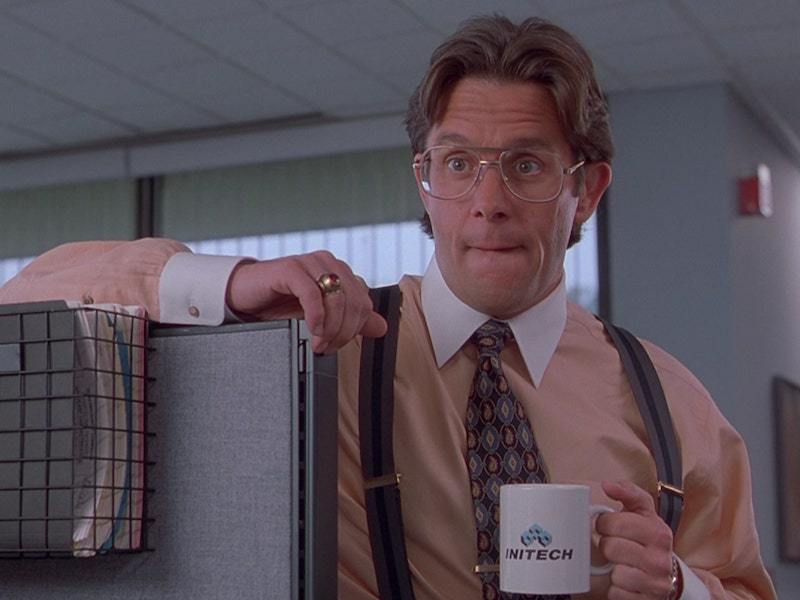Welcome to The Queue — your daily distraction of curated video content sourced from across the web. Today, we’re watching a video that explores the “cubicle movie’ and how movies from 1999 in particular processed a period of relative stability.
We are currently in the midst of an ongoing, unprecedented crisis: a global pandemic that has uprooted day-to-day life for the foreseeable future. If and when the dust settles, it will interesting (to put it lightly) to see what kind of films we make in the wake of COVID-19.
From Cold War anxiety to terrorist attacks, cinema is very efficient at representing and ideally making sense of real-world chaos. It’s for this very reason that German cultural critic Siegfried Kracauer described our relationship with cinema as a reflective one; that, in this way, the screen mirrors the psychology of the nation that produced it.
This isn’t a terribly complicated idea, but it is worth remembering that mirrors aren’t especially picky. So if we are to ruminate on how cinema represents a crisis (a natural response given we’re in the throes of one ourselves), perhaps it’s also worth considering how cinema reflects stability. How do you derive narrative conflict out of a culture of stasis and, more to the point, how do you reckon with the fact that things are rarely stable for everybody?
The video essay below makes the case that ’90s Hollywood reflects a period of stability, singling out 1999 as a boom year for films reckoning with the pros and consequences of monotony. The video explores how films like Fight Club and Office Space underpin the unrest at the heart of corporate stuck-ness, how periods of apparent peace allow for future-thinking introspection, and how “the cubicle movie” became a call to action for those trapped in a safe rut.
Watch “Why All Movies From 1999 Are The Same“:
Who made this?
This video essay on the fruitful monotony of the late ’90s comes courtesy of Now You See It, a YouTube channel dedicated to film analysis searching for meaning in unexpected places. You can follow Now You See It on YouTube and check out their back catalog here. Now You See It is run by Virginia-based software engineer Jack Nugent, whom you can follow on Twitter here.
More Videos Like This
- Here’s another taste of Now You See It essays, on the delicate art of the courtroom scene.
- Okay, one more, from Now You See It: an essay on how cinematographers and directors create shapes inside the frame to bolster the visual storytelling of their films.
- For a peek a little further than the calm of 1999, here’s Lindsay Ellis with a thoroughly entertaining breakdown on all of the ways the resistance tried to resist The Man using the power of song in the early 2000s.
- Here’s Fandor with a look at David Fincher’s 1999 sensation Fight Club, how folks responded to it at the time, why it has been dismissed as a macho fantasy, and how the film managed to punch its way to a cinematic victory.
- It’s Lessons From the Screenplay to the rescue with a video exploring how 1999’s The Matrix expertly conveys exposition by piquing its audience’s curiosity.

